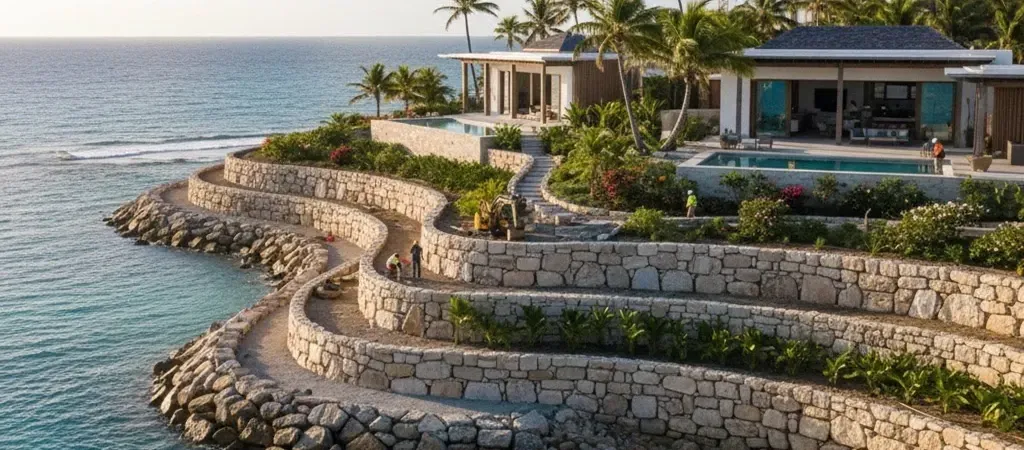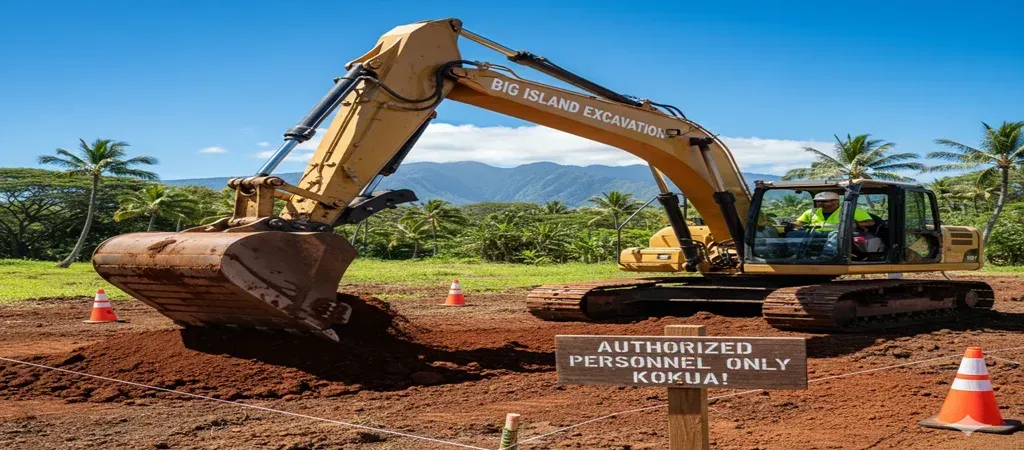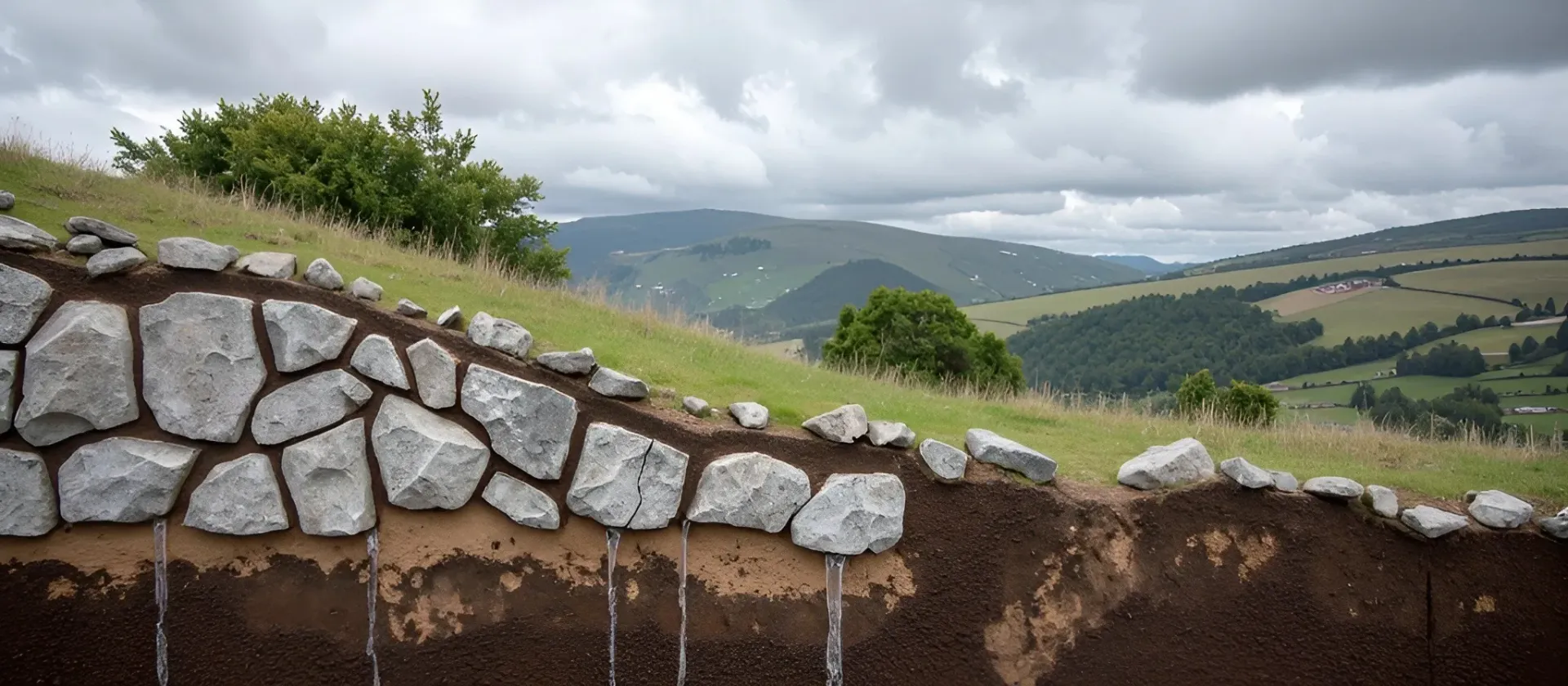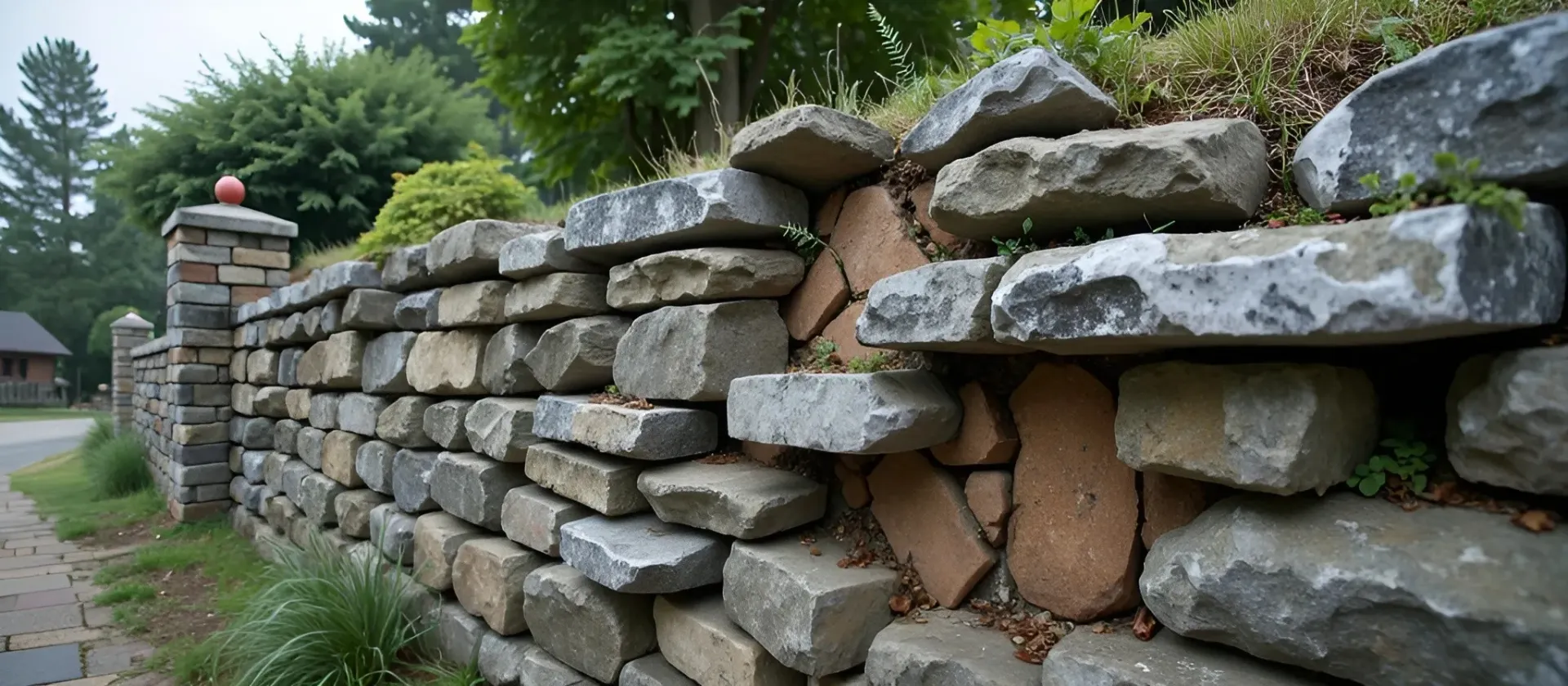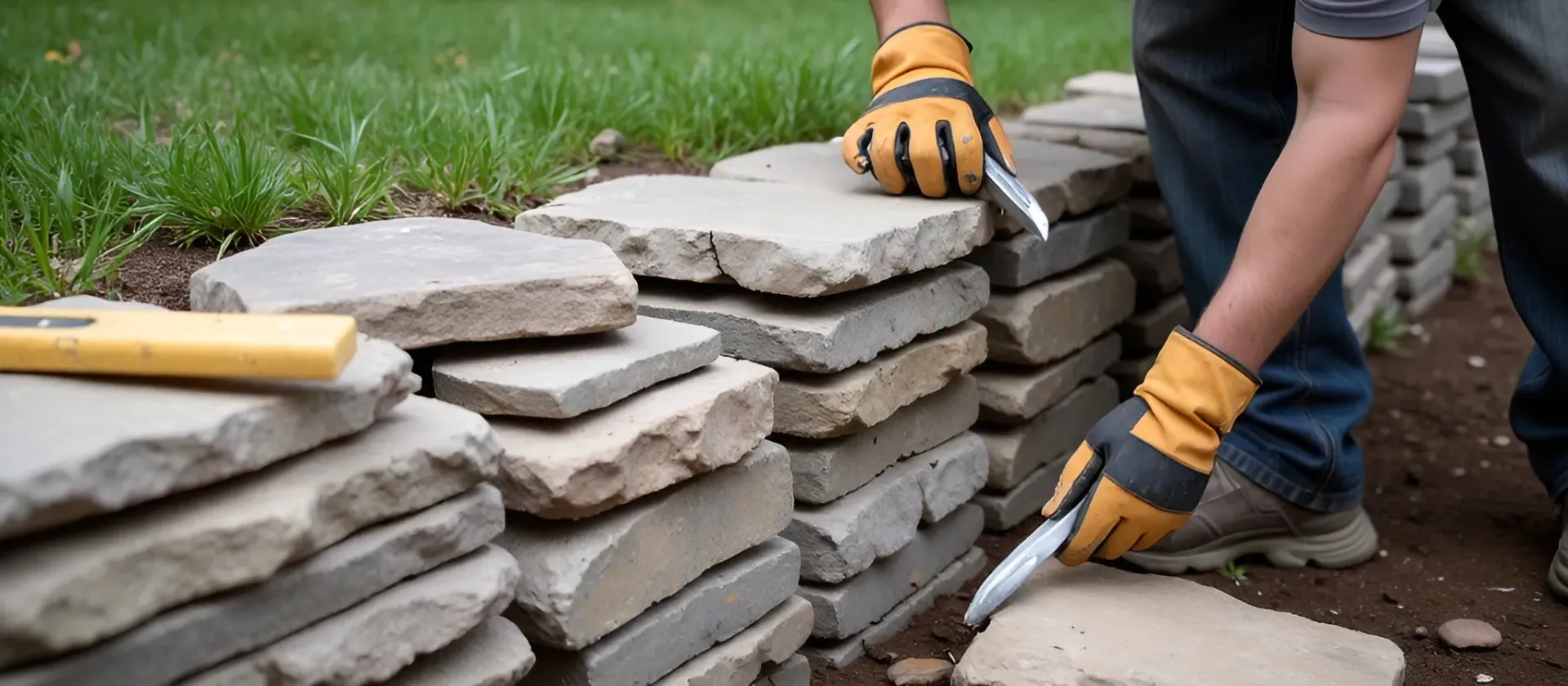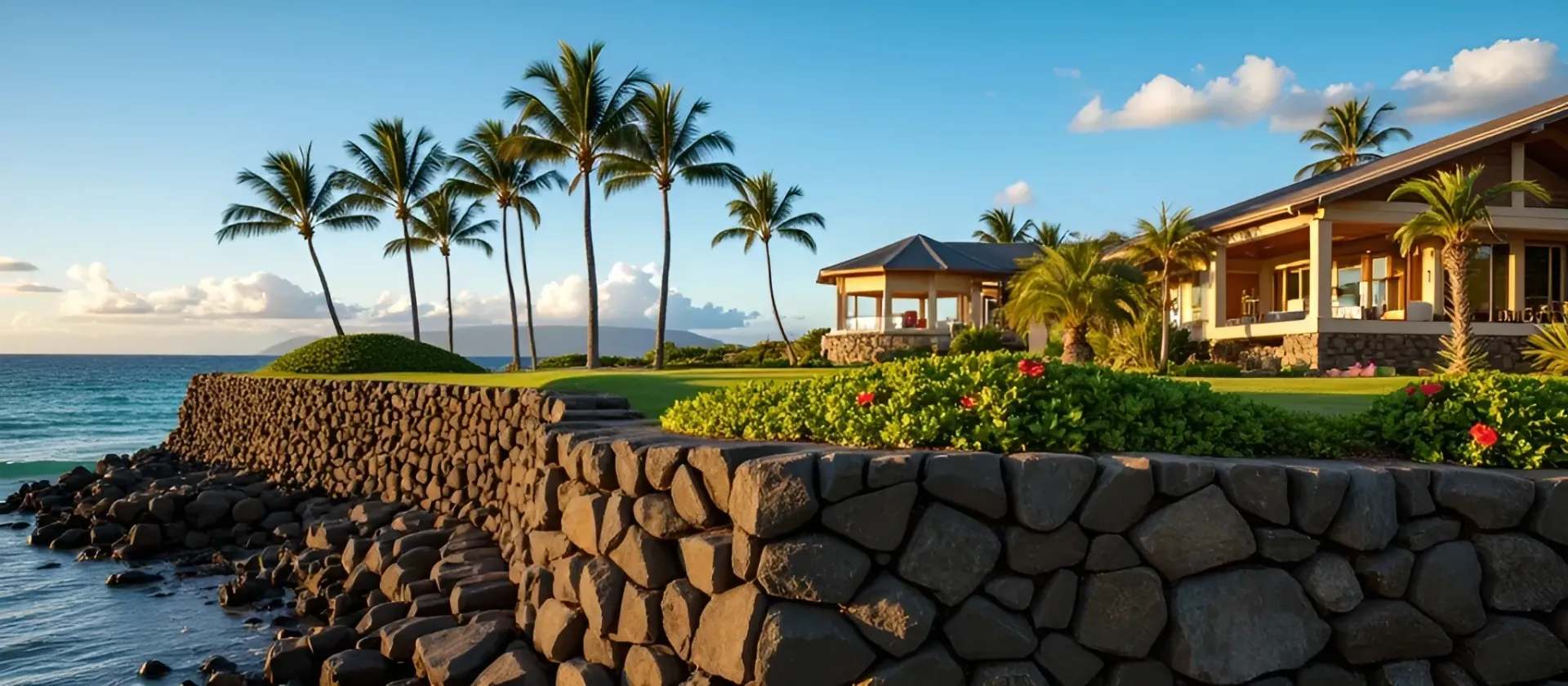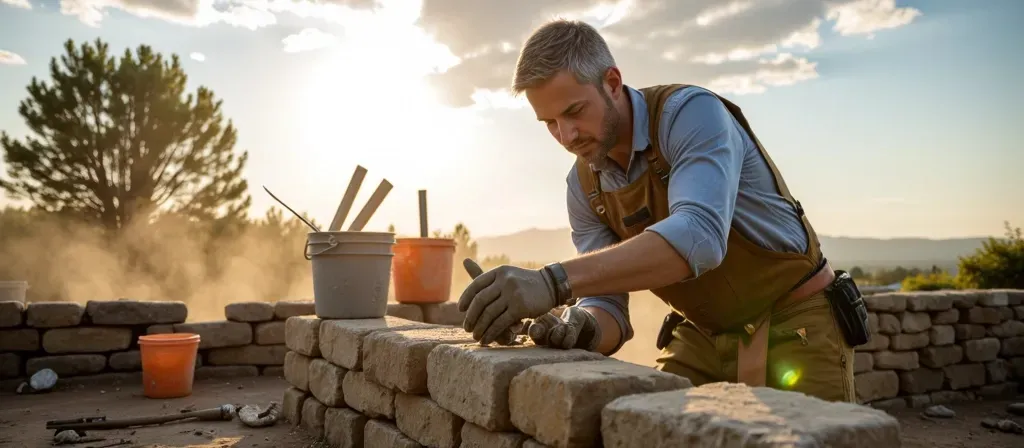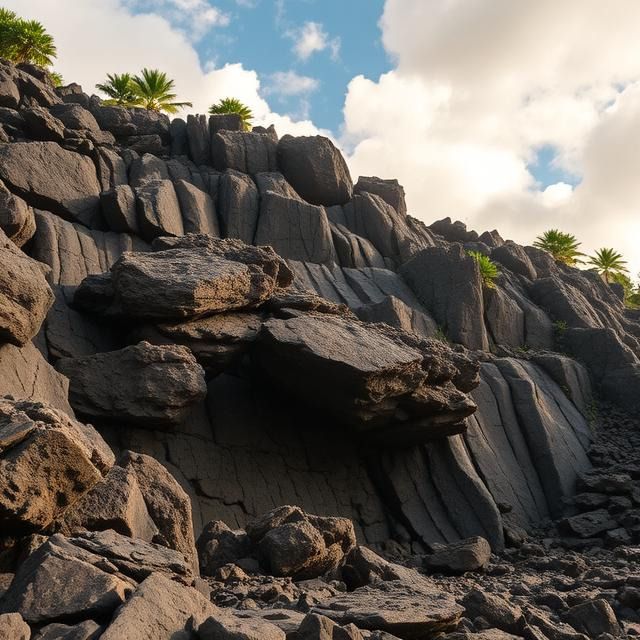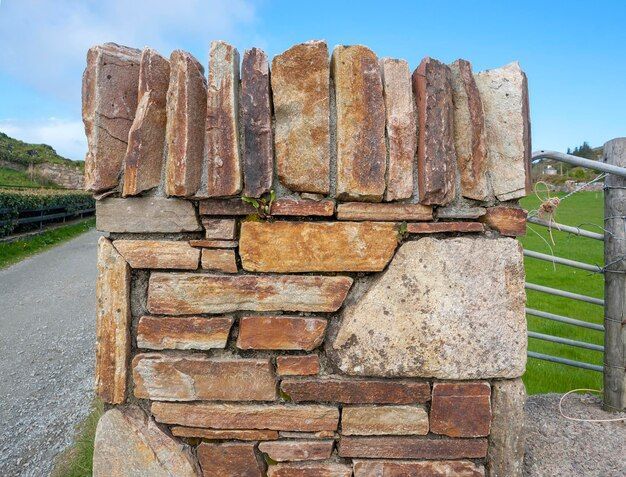Choosing the Right Masonry Materials for Your Oahu Home
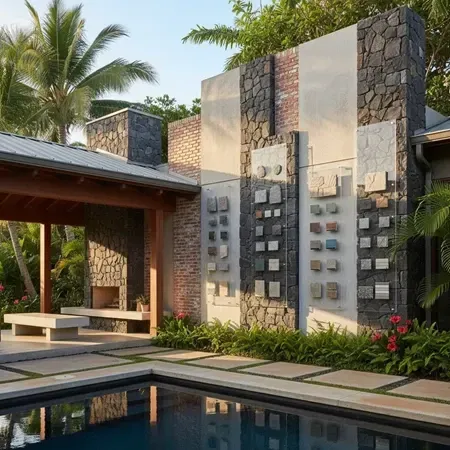
How do you choose masonry materials that can withstand Oahu’s unique climate and coastal conditions? Building or upgrading a home in Oahu requires a different level of awareness compared to mainland construction. The island’s climate, soil conditions, rainfall patterns, and coastal exposure create a set of challenges that many homeowners underestimate. Choosing masonry materials is not just a matter of picking what looks good. It is about choosing what performs well in a place where humidity, salt air, and shifting terrain constantly test the strength of every wall, footing, and foundation.
The truth is that some materials thrive in Oahu while others fail long before their time. Homeowners who want long-lasting construction must understand how each masonry material interacts with the local environment. Good design and good craftsmanship matter, but the material itself is the determining factor in how well a structure handles the island’s conditions over decades.
Why Material Choice Matters More in Oahu
Homes in Oahu are exposed to salty air, rapid moisture changes, intense UV levels, and soil types that range from red volcanic clay to loose sandy pockets. Masonry materials respond differently to these conditions. The right choice strengthens a structure, improves longevity, and reduces the need for constant maintenance. The wrong choice leads to early cracking, water intrusion, weakened footings, and expensive repairs.
Material selection should be a deliberate decision based on durability, compatibility with local soil, and long-term performance rather than short-term cost.
Natural Rock: A Material That Matches Island Terrain
Rock walls carry deep historical and cultural significance in Hawaii, and they remain one of the most authentic choices for residential properties. Basalt and lava rock are especially suited to the environment because they naturally formed in the same climate and geological conditions present today.
Natural rock handles moisture exceptionally well. It does not degrade under UV exposure, and it blends seamlessly with landscaping. A properly built rock wall has the weight and structure to withstand heavy winds and soil movement. For property boundaries, terraces, and retaining systems, rock remains one of the most durable materials available.
Many homeowners choose rock because it preserves the look of traditional Hawaiian construction while also delivering long-term strength. The key is ensuring proper footing depth, drainage, and alignment during installation, since natural stone requires careful placement to maintain structural integrity.
Proper support is key for construction on islands. See why rock wall retaining systems are essential for island construction to maintain stability and prevent damage.
Poured Concrete: A Solid Choice for Foundations and High-Load Areas
Poured concrete is often the preferred material when the project demands maximum strength. Slabs, footings, heavy retaining walls, and load-bearing structures benefit from poured concrete’s ability to form a continuous, seamless mass. This reduces the number of joints where water could enter and cause damage.
Oahu’s humid climate increases the likelihood of expansion and contraction, but poured concrete handles these shifts reliably when mixed and cured correctly. The flexibility to shape and mold the material allows builders to match the exact needs of the terrain, especially on lots with uneven ground or design irregularities.
Although poured concrete requires more preparation and technical knowledge than installing block or stone, the final result is one of the most stable and long-lasting structures available to island homeowners.
Concrete masonry achieves its full potential when designed correctly. Learn strength design provisions for concrete masonry to ensure optimal strength and reliability.
Stone Veneer: A Smart Balance of Appearance and Function
Stone veneer has become a popular choice for homeowners who want the appearance of natural rock without the weight or cost of building a full stone wall. It performs well in Oahu’s climate as long as the foundation beneath it is engineered properly.
The key advantage of veneer is versatility. It can be applied to block, concrete, or framed walls, allowing homeowners to enhance exterior or interior surfaces without major structural changes. Veneer is resistant to moisture, and modern manufacturing makes it far more durable than older versions that were prone to cracking.
This material is best used for decorative purposes rather than structural loads, but when paired with strong masonry beneath it, veneer provides long-lasting beauty and weather resistance.
Rock walls can add beauty and function to your property, but proper planning is essential. Learn what you need to know before building your own rock walls to ensure safety, stability, and long-lasting results.
Brick: Beautiful but Limited in Oahu
Brick is not as common in Hawaii as it is on the mainland. While it offers a timeless appearance, it does not always perform well in high-humidity environments unless sealed and maintained regularly. Without proper attention, brick can absorb moisture, which leads to efflorescence, spalling, and mortar deterioration.
For homeowners who love the look of brick, it is still a viable option in certain conditions. It works best in non-coastal areas, away from salt-heavy winds, and on homes with strong moisture control systems. However, it requires more long-term maintenance compared to other masonry materials that naturally resist humidity.
Choosing brick in Oahu should be an informed decision rather than an aesthetic impulse.
Which Material Is Best for Your Home?
There is no universal answer because the right material depends on the project’s purpose, the location of the property, and the specific environmental challenges of the area. For structural strength, concrete and CMU block stand out. For natural beauty and cultural authenticity, basalt rock remains unmatched. For decorative enhancements, stone veneer performs well. For a traditional look, brick may be possible, but it demands ongoing maintenance.
Rather than choosing a material based solely on appearance, Oahu homeowners benefit most from selecting one that matches the island’s conditions. Durability, moisture resistance, structural stability, and long-term value should guide the decision.
From color to texture, stone selection matters. Explore the best types of stones for stunning rock walls in Hawaii to elevate your outdoor space.
Final Thoughts
Choosing the right masonry materials for your Oahu home is one of the most important steps in creating a structure that truly lasts. The island environment demands materials that can handle humidity, salt exposure, shifting soil, and heavy rainfall. Homeowners who understand these factors are better equipped to make choices that protect their investment for decades.
A well-planned masonry project begins with choosing materials that work with the island, not against it. From material selection to execution, professional insight can make all the difference. Consult an expert to ensure your masonry project lasts for years.

